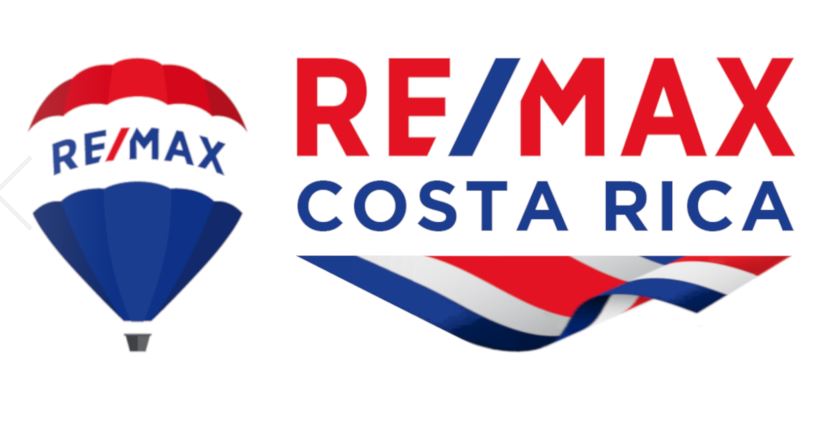Welcome to our look at Costa Rica school trends. As education evolves in the digital era, recognizing the most recent educational trends is critical for parents, educators, and legislators. In this blog article, we’ll look at the important factors impacting the Costa Rican education environment, such as innovative EdTech solutions and greater usage of AI in the classroom. Let’s take a look at what to expect in Costa Rican schools in 2024 and forwards.

Overview of Trends:
Costa Rica’s schools face considerable adjustments due to technological breakthroughs and changing pedagogical paradigms. EdTech solutions are transforming how students learn, with eLearning systems offering tailored and interactive learning experiences. AI is increasingly being used in classrooms, allowing educators to personalize instruction to individual student needs while also streamlining administrative work. STEM education programs are gaining traction, educating students for professions in science, technology, engineering, and mathematics. Remote learning remains a popular trend, allowing students to access education from anywhere with an internet connection. Gamification is also utilized to increase student engagement and motivation, making learning more participatory and pleasurable. Read our other blog regarding the market trends of private schools in Costa Rica.
School Trends 1: Educational Technology Solutions.
EdTech solutions are altering the education environment in Costa Rica, providing innovative tools and resources to improve teaching and learning. EdTech firms offer educators new ways to engage students and foster deeper knowledge of complicated subjects, including interactive learning platforms and virtual reality simulations. Khan Academy and Duolingo, for example, provide personalized learning experiences adapted to the needs of individual students. Whilst virtual laboratories allow students to conduct experiments in a safe and controlled environment. If you are interested to know all about EdTech read this blog for a guide.
School Trends 2: AI in the Classroom
Artificial intelligence is becoming more common in Costa Rican classrooms, providing prospects for personalized instruction and improved learning results. AI-powered adaptive learning solutions evaluate student data to identify strengths and weaknesses, allowing teachers to adjust training to each student’s specific needs. Furthermore, AI-powered chatbots and virtual assistants are used to provide students with immediate feedback and help. Hence improving the learning experience and encouraging self-directed learning.
School Trends 3: STEM Education Initiatives
STEM education programs are on the rise in Costa Rica, with schools focusing more on science, technology, engineering, and mathematics. Teachers utilize project-based learning approaches to engage students in real-world situations, while also encouraging the development of critical thinking and problem-solving abilities. Furthermore, connections between schools and business enable students to receive hands-on experience and exposure to STEM fields. This prepares them for success in the digital economy.
Innovations in Costa Rica School Trends:
In Costa Rica, the integration of technology into education has altered both student learning and educator teaching during the last decade. From the introduction of interactive whiteboards and digital textbooks to the widespread usage of online learning platforms. Schools have embraced technology to improve the learning experience and prepare students for the future workforce. Furthermore, initiatives such as the introduction of national STEM education standards and the expansion of computer science programs have sought to provide students with the skills and knowledge required to succeed in a technologically advanced environment.
Global Impact
School changes in Costa Rica mirror global shifts in educational perspectives and methods, rather than being specific to the country. As technology advances and cultures become more interconnected, the need of preparing pupils for digital success grows. Costa Rican schools can ensure that their students have the skills and knowledge they need to flourish in the twenty-first century by embracing innovation and harnessing technology to improve teaching and learning.
Conclusion:
In conclusion, educational trends in Costa Rica for 2024 present chances to reinvent education and prepare students for the future. From innovative EdTech solutions to growing usage of AI in the classroom, these trends are changing the way students learn and teachers teach. As we go over the intricacies of the digital age, parents, educators, and legislators must stay up to date on the latest educational innovations. All work together to ensure that all students have access to high-quality, fair learning opportunities.



